The beautiful plants to look out for as Spring bursts through across Britain
Expert gardener and gardening writer Steven Desmond picks out some of his favourite sights as the winter begins to give way.
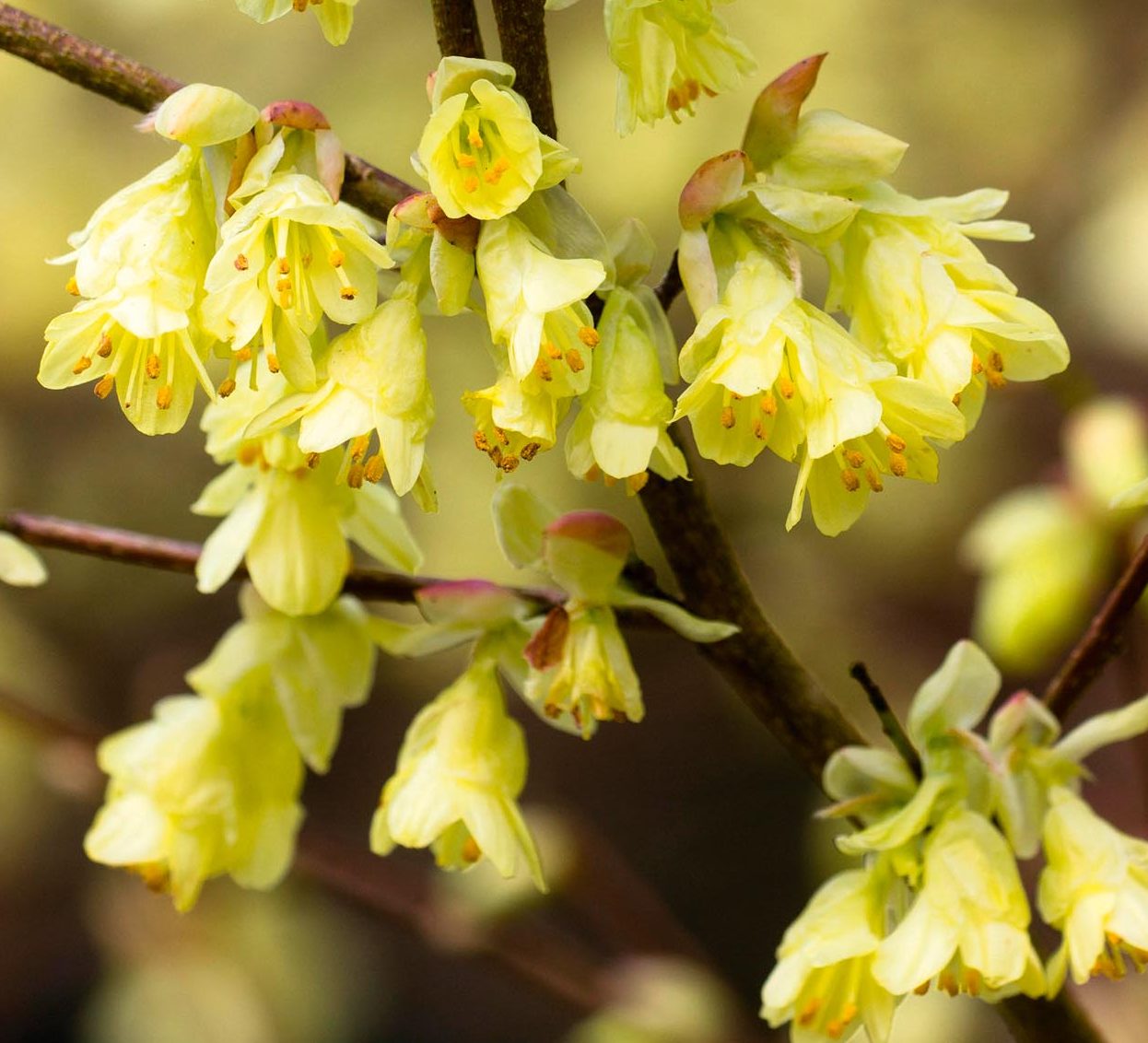
One of the pleasures of living in this country is the gradual progress of spring. We get the benefit of it for three months, steadily unfurling in fresh beauty, with time to anticipate, appreciate and wave goodbye to each of its floral treasures as they present themselves.
Visiting Australians are especially impressed with British springs, as their own is, although spectacular, short. I once had the pleasure of staying in the Blue Mountains, a train ride inland from Sydney, where my lodgings in Leura were adorned with a pretty front garden. It was September, their spring, and the cherry tree on the lawn was in full blossom, with daffodils, hellebores and all manner of familiar flowers in picture-postcard beauty. Everything flowered suddenly, all at once, and briefly, as rising temperatures soon brought the show to a halt. Our three months were condensed into a couple of weeks.
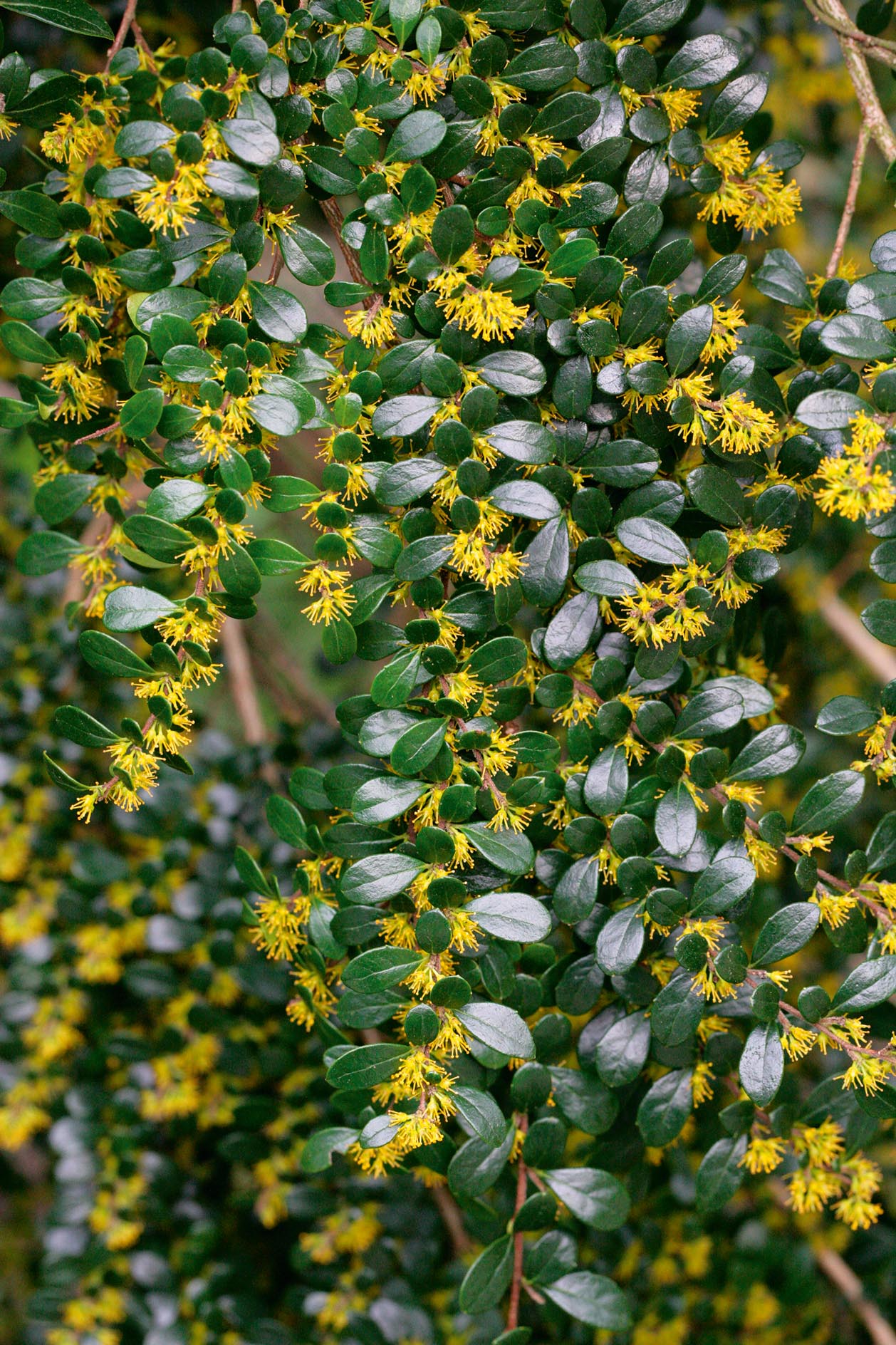
Early spring is my favourite here, when you can still see through the crowns of the trees and everything looks as if it is fresh from the wash. This is a golden opportunity for many plants, as they can complete their lifecycle before the tree cover shades out the sun. It is an ideal moment in the garden, sustained in these northern latitudes for several weeks.
Among the plants I look forward to each year at this time is Corylopsis, a shrub of great delicacy of form, leaf and flower. It has, mysteriously, never been popular, and tends to reside in collectors’ gardens. In March and April, its bare shoots are covered with pale-yellow bells, perfectly complemented by a scent of indefinable loveliness. If you know what cowslips or auriculas smell like, that’s the sort of thing. My favourite is C. pauciflora, always a good doer, although a good, west-facing position will suit it best to avoid the flowers being singed by the sort of repeat frosts that we endured last year. If you object to the botanical name, some people call it the buttercup winter hazel, but I can’t see it catching on.
Corylopsis is in the witch-hazel family. Among its cousins is another shrub that tends to fascinate the collector, but never get beyond specialist gardens, Parrotia persica. Echoing Corylopsis, this also has a common name that no one seems to use: the Persian ironwood.
Those who know Parrotia persica value it especially for its rich autumn colour, but, in early spring, it is the flowers that fascinate. These are red and sprout forth all over the bare wood in great bunches.
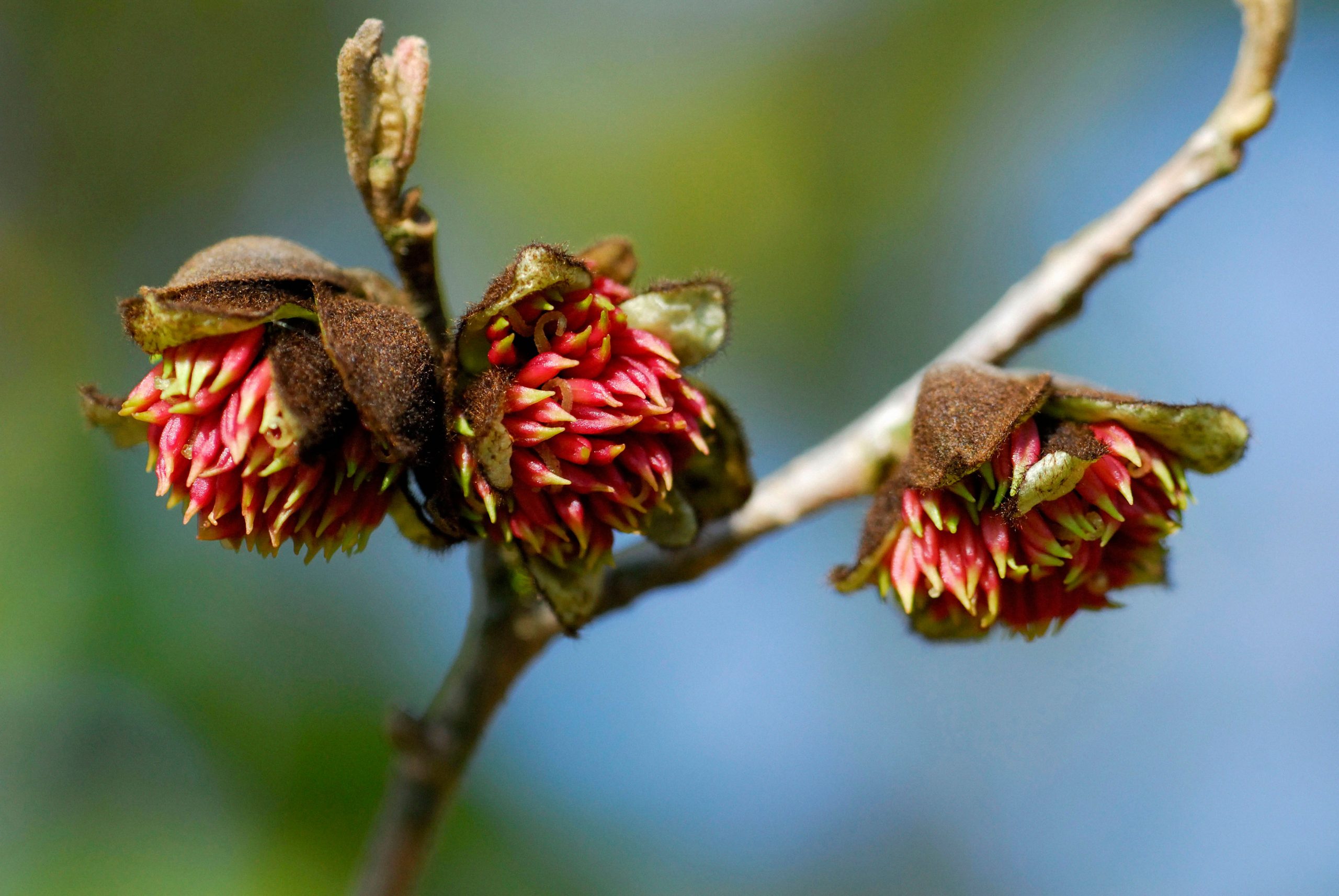
This is one of the big shrubs, sometimes forming a small tree, and typically creates a great cloud shape, as if about to roll across the lawn. If you have the room, it is indispensable. There is a wonderful specimen in the quarry garden at Belsay Hall in Northumberland.
Sign up for the Country Life Newsletter
Exquisite houses, the beauty of Nature, and how to get the most from your life, straight to your inbox.
Another undeservedly obscure spring shrub is Azara microphylla. This is covered in a fine film of scented yellow flowers in due season, perfectly matched to the equally neat pattern of small dark evergreen leaves. It is best suited to training against a south- or west-facing wall, something it will happily accomplish itself given a little encouragement. If the sun comes out, the scent of vanilla gushes forth into the surrounding air.
If you grow shrubs such as these, it is only right that they should have pretty things at their feet that flower at the same time. One of the best is the native wood anemone, A. nemorosa, which forms sheets of white beauty in Great High Wood on the outskirts of Durham each April.
There are many good garden variants, of which my favourite is ‘Robinsoniana’, in a wonderfully subtle, pale bluish-grey.
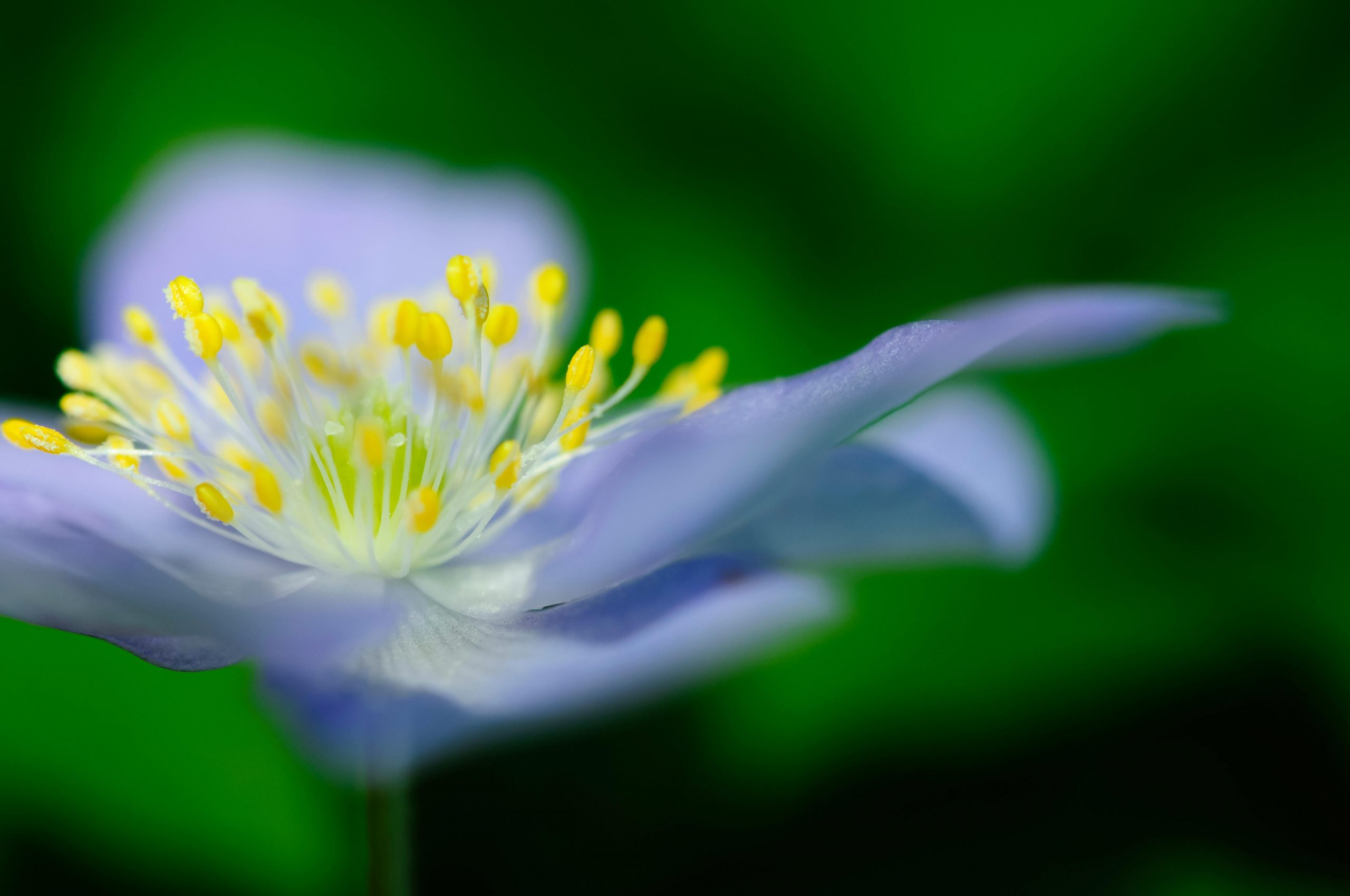
It increases rapidly once the unimpressive-looking strips of rhizome are laid in the soil. Another version of quite a different appearance is ‘Vestal’, a semi-double white of pristine loveliness.
Nearby, a clump of some form of trillium is just the thing. There is plenty of choice with these desirable American woodlanders and they like our gardens very well. This is exactly the spot for them. Trillium chloropetalum is my favourite, with blood-red flowers rising up from three leaves of green and black mottled beauty. Each year, they increase and look more magnificent, easily justifying the initial expense.
If you mingle some scented violets, which only come in lovely colours, around these carpets of beauty, your joy will be complete. As Robert Browning knew, there is something special about springtime at home.
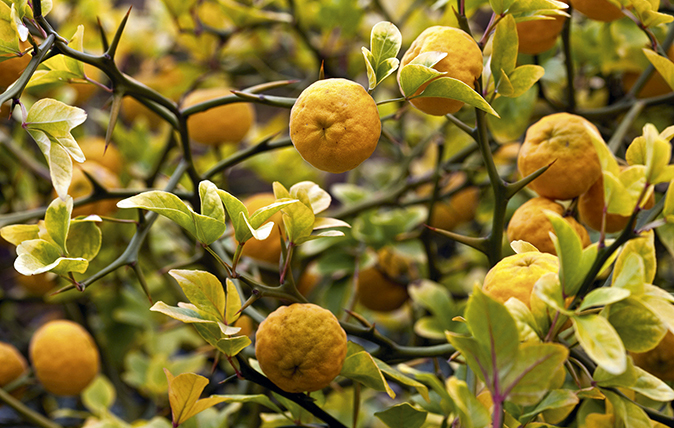
How to grow plants that you really shouldn't be able to grow in England
Take a chance on surprising survivors advises Steven Desmond.
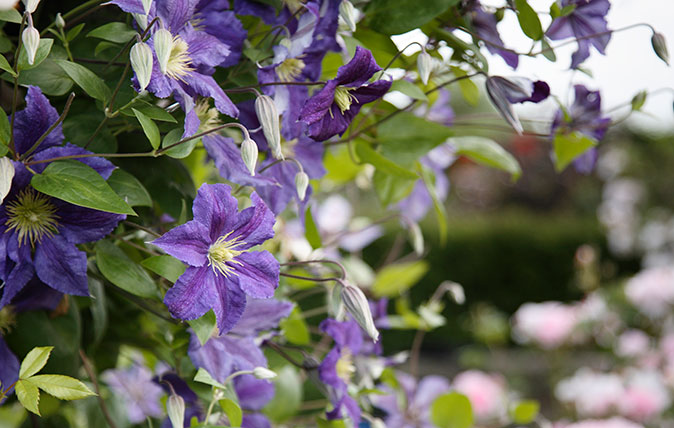
How to choose the perfect Clematis – and how to help it flourish
Steven Desmond gives his tips on how to look after clematis, the beautiful climbing plant whose flowers explode in spring.
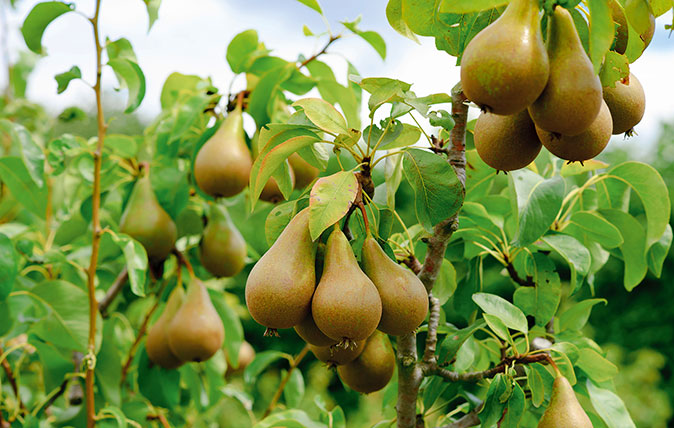
How to grow a pear tree: What to choose, how to look after it
Steven Desmond explains the mysteries of the pear – and suggests a few varieties who want to take the plunge and
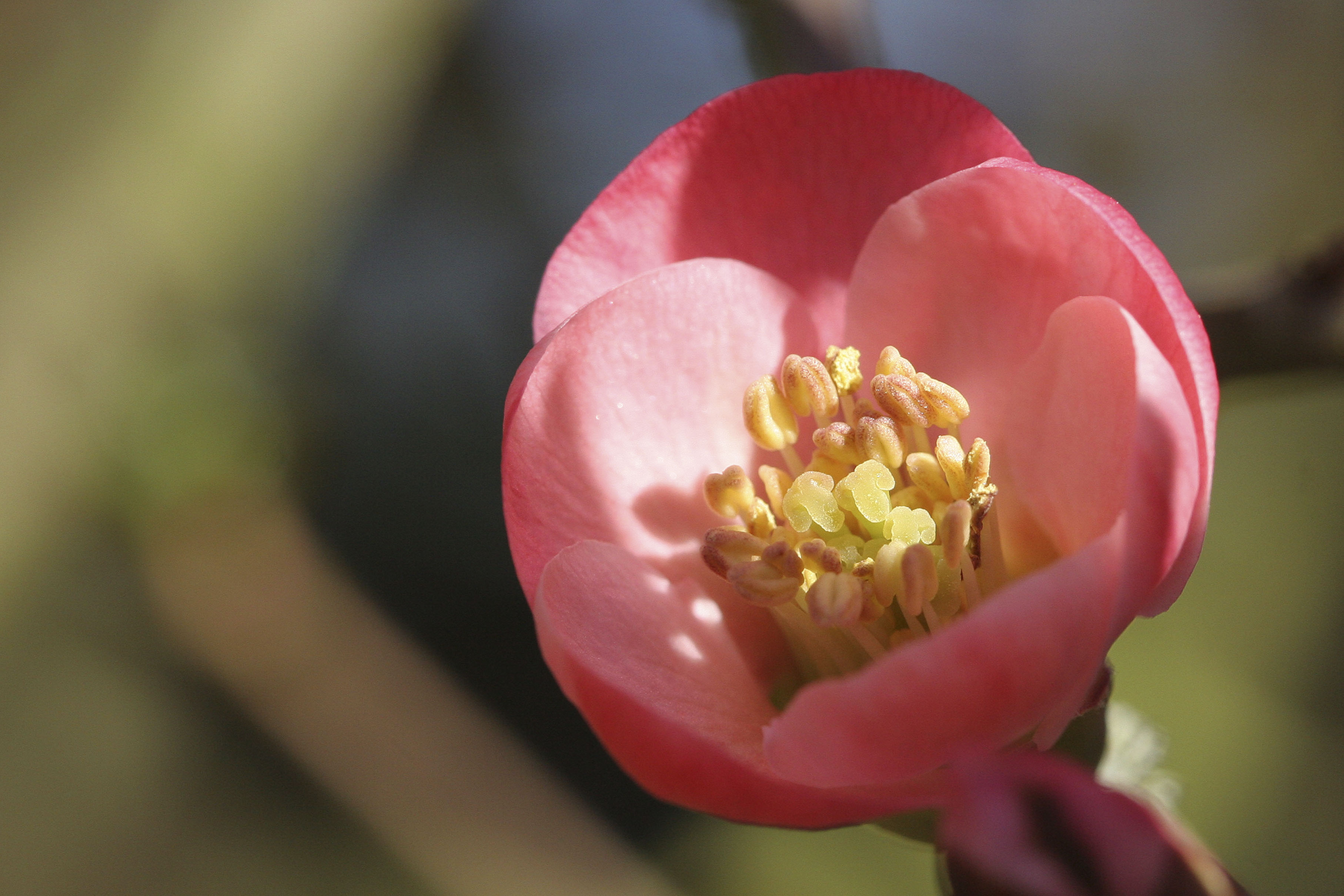
Japanese Quince: The spectacular red flowers that should be on every gardener's to-grow list
Steven Desmond pours praise on the flowers of genus chaenomeles — also known as japonica, or Japanese quince — and explains
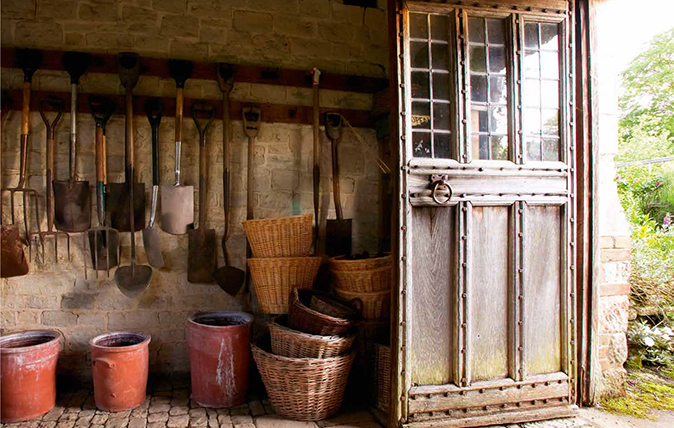
Credit: Claire TAKACS/Alamy
The 10 tools no gardener should be without – and which ones to buy
Steven Desmond on the garden tools we all need, and how to choose ones which will last you a lifetime.
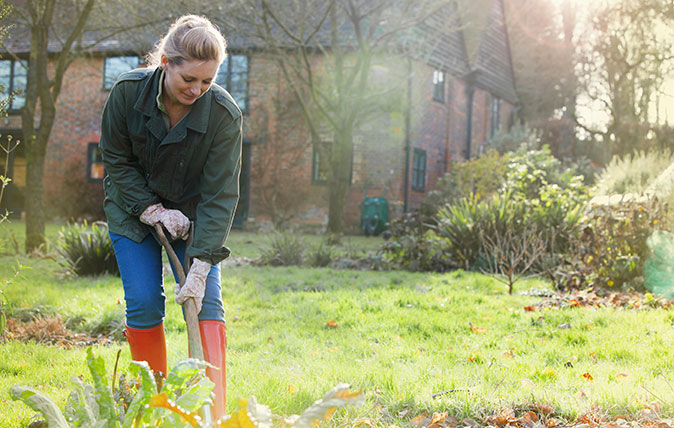
Credit: ableimages / Alamy Stock Photo
Six gardening jobs to do right now which will pay off in the summer
Steven Desmond describes six rejuvenating tasks that will make a huge difference once the weather picks up.
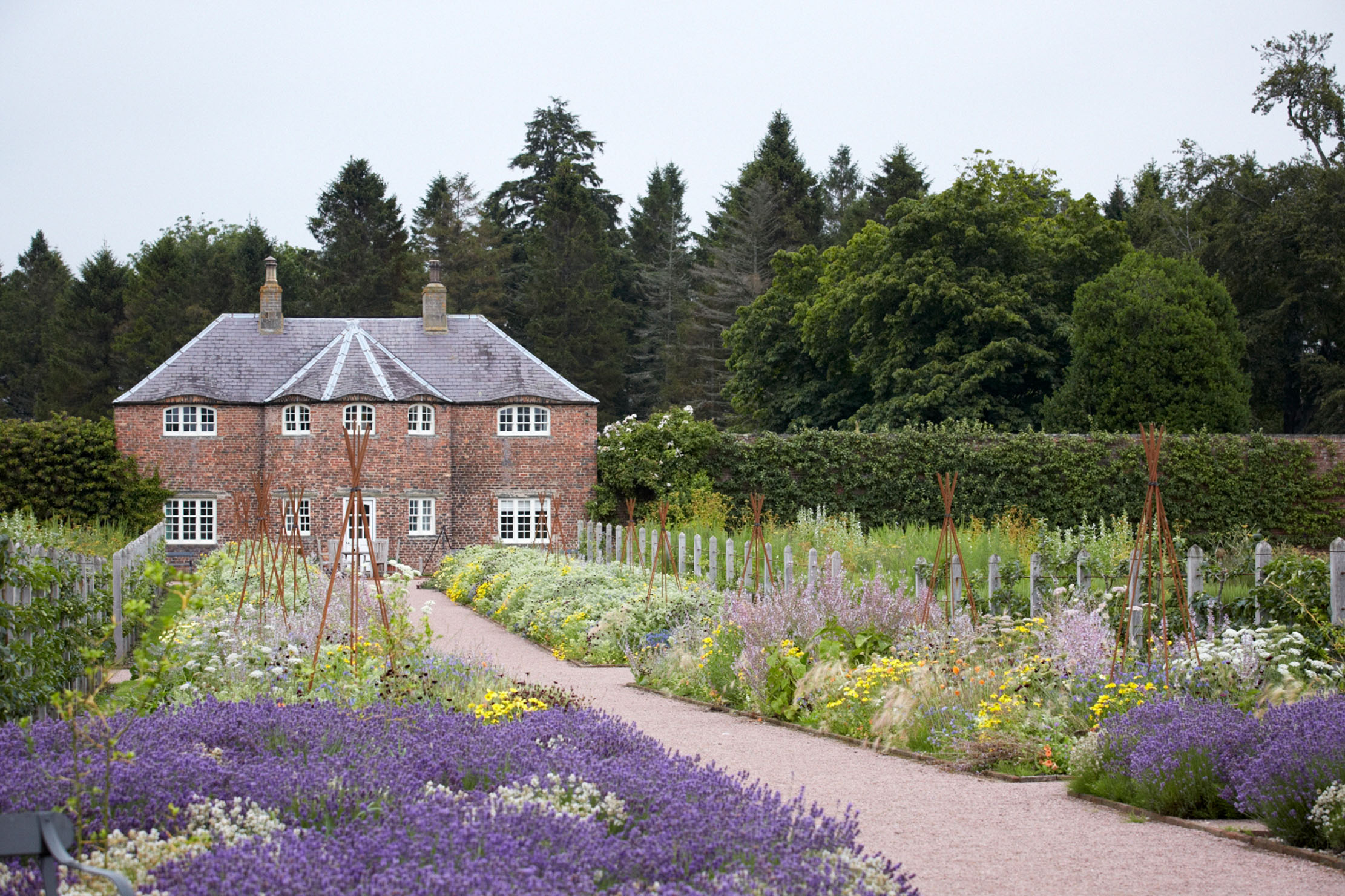
The magnificent walled garden at Gordon Castle, a 'miraculous proof of life after death' that is 'the future of the kitchen garden'
Steven Desmond looks at Gordon Castle Walled Garden at Fochabers in Morayshire, and applauds a ground-breaking restoration that balances productivity
-
 Six rural properties with space, charm and endless views, as seen in Country Life
Six rural properties with space, charm and endless views, as seen in Country LifeWe take a look at some of the best houses to come to the market via Country Life in the past week.
By Toby Keel
-
 Exploring the countryside is essential for our wellbeing, but Right to Roam is going backwards
Exploring the countryside is essential for our wellbeing, but Right to Roam is going backwardsCampaigners in England often point to Scotland as an example of how brilliantly Right to Roam works, but it's not all it's cracked up to be, says Patrick Galbraith.
By Patrick Galbraith